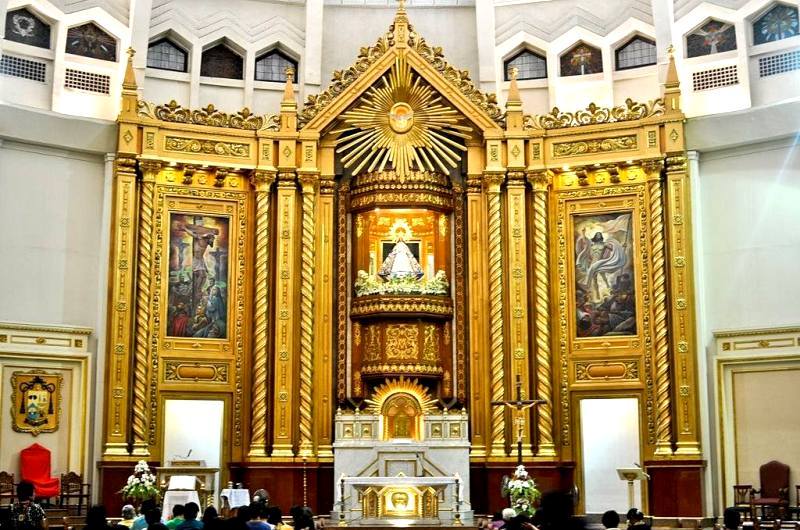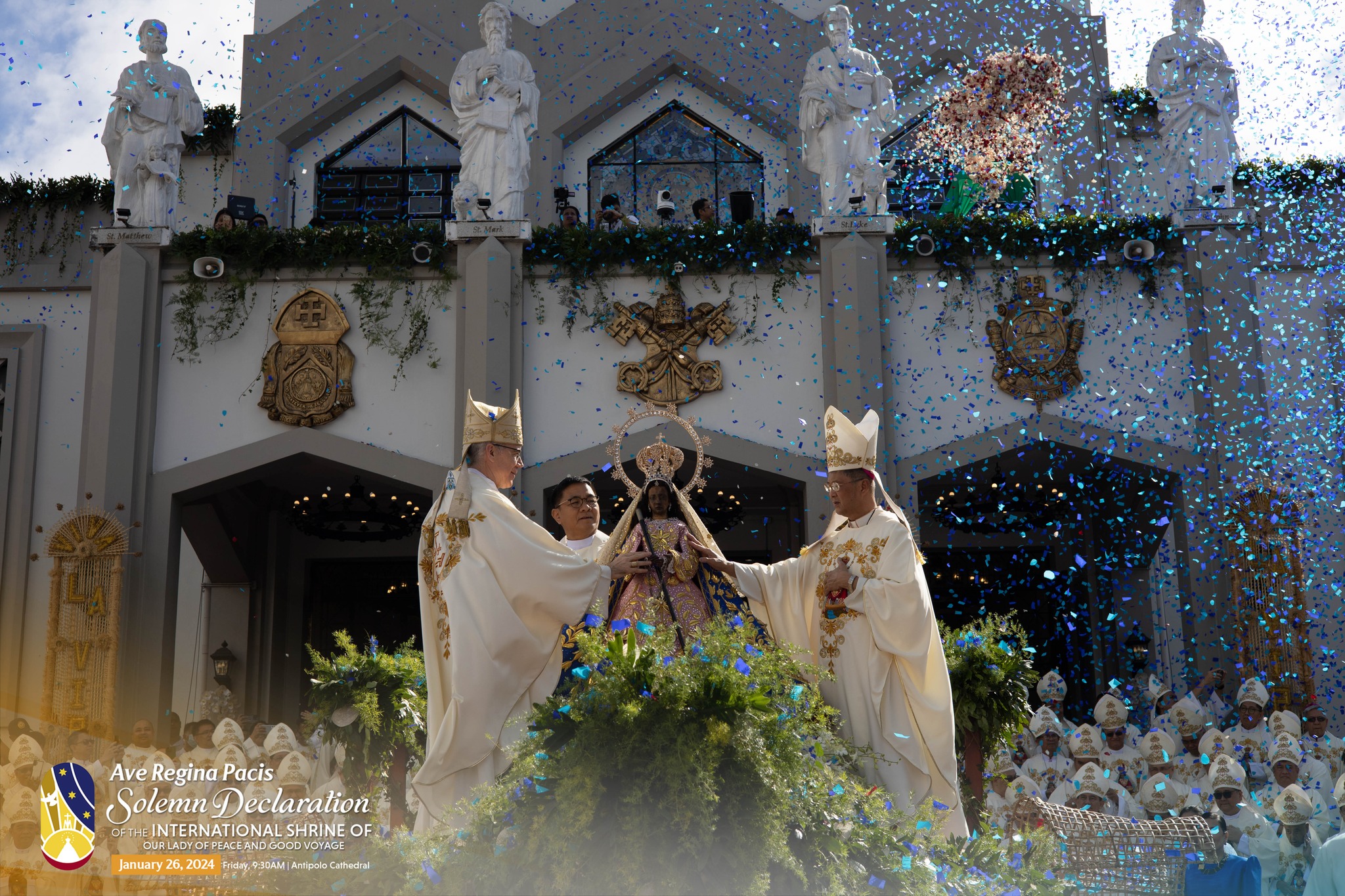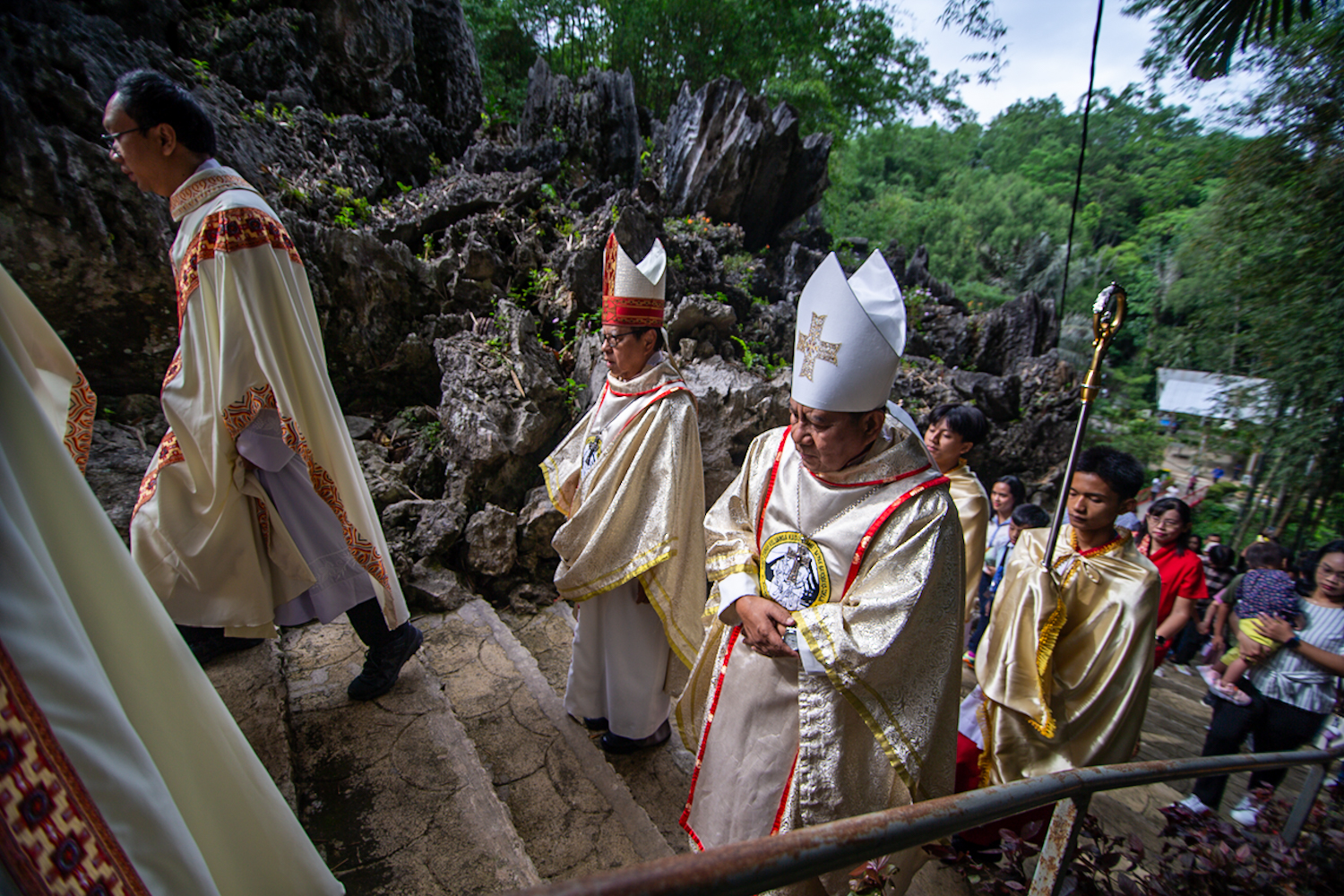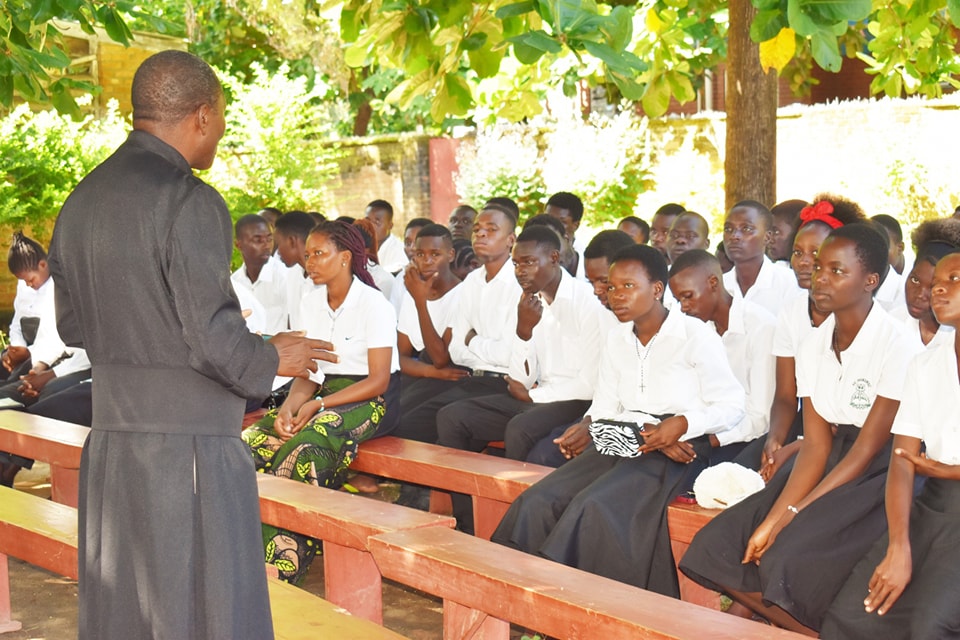Fr Leonard E Dollentas
In a momentous occasion, the Antipolo Cathedral, officially known as the National Shrine of Our Lady of Peace and Good Voyage in the south of Manila, has been declared an International Shrine on January 26, 2024.
According to the Catholic’s Bishops Conference of the Philippines (CBCP), Antipolo Cathedral is the first cathedral in Southeast Asia and the 11th in the world to be named an international shrine. More than 80 bishops across the country graced the historic event, including Archbishop Charles John Brown, the apostolic nuncio to the Philippines, and Bishop Pablo Virgilio David, president of the CBCP.
In June 2022, the Vatican announced the approval of the petition to elevate the cathedral into the International Shrine of Our Lady of Peace and Good Voyage. Pope Francis issued a papal decree on March 13, 2023, elevating the Antipolo Cathedral into an international shrine. International shrines are locations approved by the Holy See which are associated with saints or Marian apparitions. Local and national government officials and the faithful joined the solemn declaration.
The cathedral’s significance is closely tied to the veneration of the image of the Virgin Mary. The statue of Our Lady of Peace and Good Voyage, believed to miraculously guide travellers and protect seafarers, has been a focal point of devotion for generations. The faithful have sought her intercession for safe journeys, good health, and various intentions. The annual “Pahalik” or “Kissing of the Image” during the Feast of Our Lady of Peace and Good Voyage attracts millions of pilgrims each year.
The Holy See, on its declaration of the Antipolo Cathedral as an International Shrine recognizes its importance not only within the Philippines but also on a global scale. This prestigious status places the cathedral alongside other notable international shrines, such as the Basilica of Our Lady of Guadalupe in Mexico and the Basilica of the National Shrine of Our Lady of Aparecida in Brazil.
In his homily during the declaration, Archbishop Charles John Brown recalled the uniqueness of the Filipino faith and gave examples of where faith and culture met, such as the celebrations of Traslacion (Black Nazarene the transfer of the image from its original location at a church in modern-day Luneta Park, to Quiapo), Sinulog (an annual Santo Niño cultural and religious festival), and Simbang Gabi (Christmas dawn novena). “All of these are examples of the richness, the patrimony, the treasure of Philippine popular religiosity. Popular piety. And I’m here to tell you that for me, as a non-Filipino having lived here for three years, it is so edifying and wonderful to see this evidence of the popular piety of the Filipino people,” the papal Nuncio said.

“Embodied in a culture, that is exactly what we see in the Philippines. Faith, embodied in a culture, manifesting in popular piety. A faith that arrived and was received here 503 years ago, which has penetrated the culture, the minds, the hearts, the history of the Filipino nation,” he added.
The solemn declaration acknowledges the cathedral’s historical and religious significance. Its elevation to an International Shrine solidifies its place as a revered pilgrimage site, drawing devotees from around the world who seek solace, blessings, and spiritual enlightenment.



 Follow
Follow


